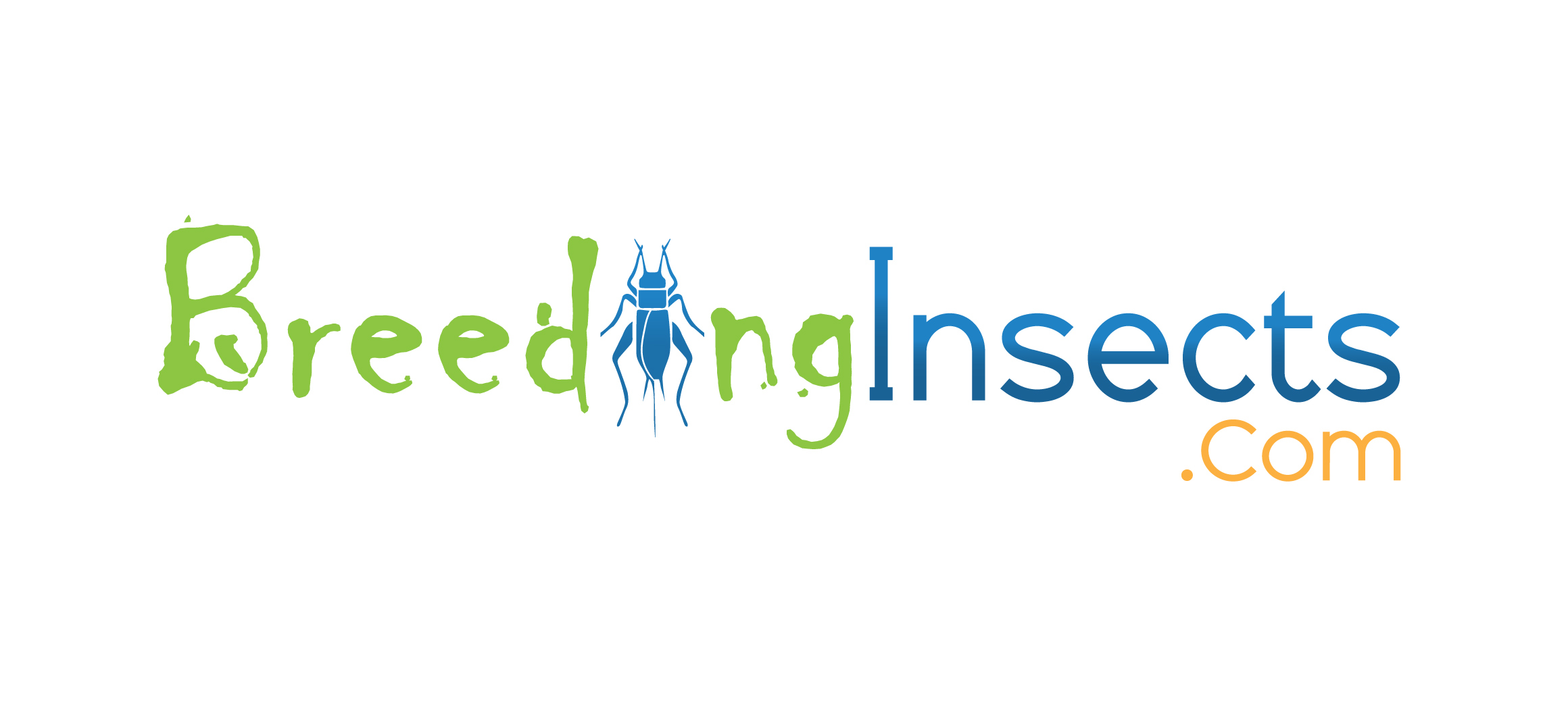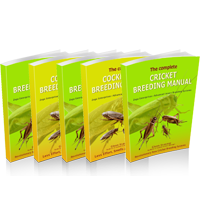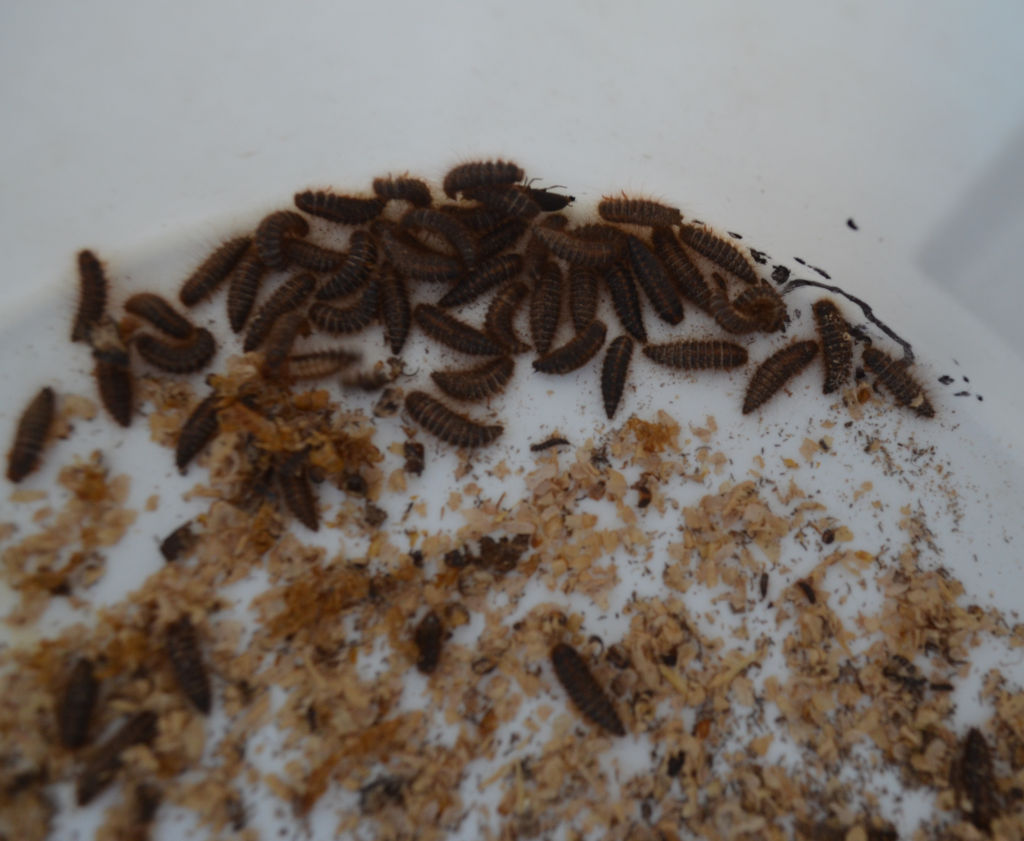Insects have short life cycles and inbreeding can occur over just a few years. Further more many existing commercial farms may have been using the same stock for many years, so any stock you receive has the potential to be genetically tired.
For example, Thailand cricket farms have noticed genetic problems which occurred over a relatively short period of time. If this persists it may create problems such as reduced productivity, resistance to disease and genetic defects (damaged beetle shields for mealworms, damaged wings for crickets, other deformities).
To minimize these effects it is recommended to add new fresh stock to your breeding containers once or twice a year to maintain genetic diversity. Try to use as many different suppliers as possible to maximize different strains as some commercial supplies to avoid suppliers who may have restricted gene pools.
Quarantining
Anytime you introduce new breeding stock to your farm you run the risk of introducing a disease or pest pest species. Some species are large and obvious (see adjacent photos) others are hard to identify (mold, disease, mites). Below are some guidelines for quarantining:
- Ensure you replace any substrate or egg cartons provided by the supplier with your own substrate or egg cartons.
- Keep the insects separate for a minimum of 10 days and preferably store them at a location separate to your existing farm.
- Insects are more prone to diseases when basic nutrition and husbandry requirements are not met (correct temps, humidity etc). Ensure they are stored with ideal conditions to avoid or limit disease. Provide nutrient rich foods (see Dry food or Gut Loading sections).
- Thoroughly inspect the insects and substrates/egg cartons prior to reintroduction. Particular attention is required for small species such as mites (refer to Identifying Mites)



